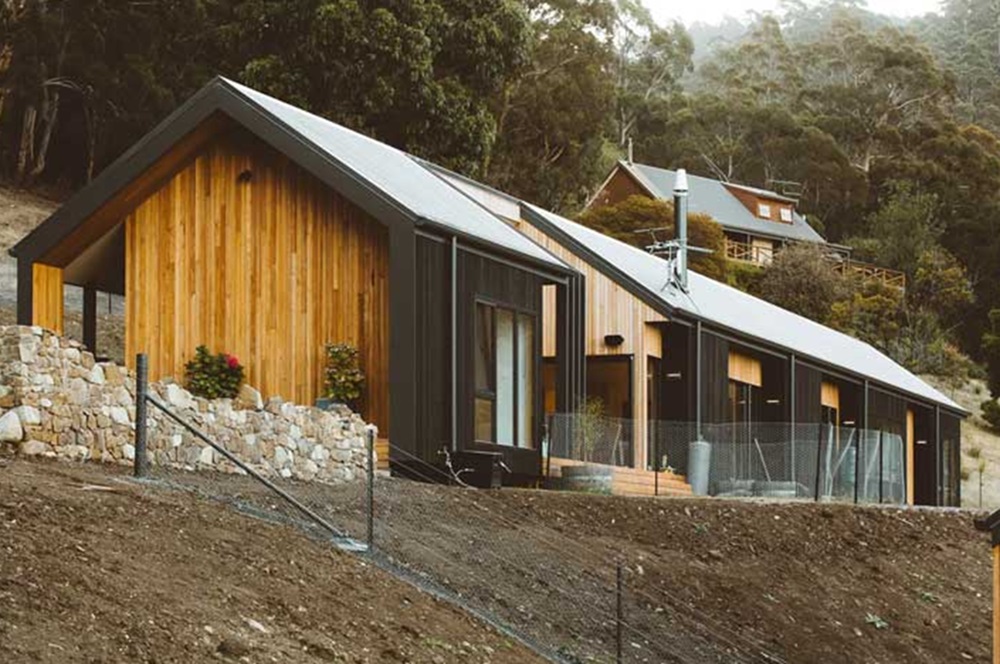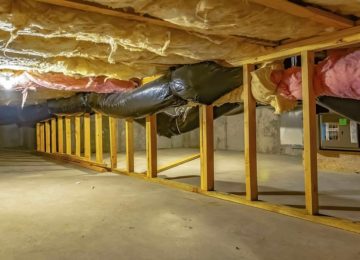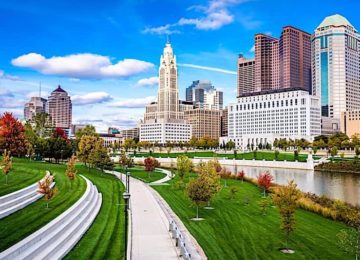In the evolving world of architecture and construction, sustainability has become more than just a trend—it’s a necessity. As the industry moves towards greener practices, the demand for sustainably sourced materials has surged, with timber being at the forefront of this movement. Timber, especially hardwood, has long been a preferred material for its versatility, durability, and aesthetic appeal. However, in today’s eco-conscious market, the focus has shifted towards not just using timber, but ensuring that it is sourced sustainably. In this blog, we’ll explore why sustainably sourced timber matters in modern construction and how it benefits not only the environment but also builders, architects, and end-users.
The Importance of Sustainable Construction
Sustainable construction refers to the use of environmentally responsible and resource-efficient processes throughout the life cycle of a building—from design and construction to operation, maintenance, and deconstruction. The goal is to reduce the overall impact on the environment and human health by making informed choices about materials, energy use, water consumption, and waste management.
One of the critical aspects of sustainable construction is the choice of building materials. Timber, being a natural and renewable resource, plays a significant role in this. However, not all timber is created equal. The key to truly sustainable construction lies in sourcing timber that is harvested responsibly, with minimal environmental impact.
What is Sustainably Sourced Timber?
Sustainably sourced timber comes from forests that are managed in a way that maintains the biodiversity, productivity, and ecological processes of the environment. These forests are harvested in a manner that ensures they can regenerate naturally or through controlled replanting, maintaining the forest’s health and longevity for future generations.
Certifications such as FSC (Forest Stewardship Council) and PEFC (Programme for the Endorsement of Forest Certification) are globally recognized standards that ensure timber is sourced sustainably. These certifications guarantee that the timber has been harvested in compliance with strict environmental, social, and economic standards.
The Benefits of Using Sustainably Sourced Timber in Construction
1. Environmental Preservation
The most apparent benefit of using sustainably sourced timber is its positive impact on the environment. Unsustainable logging practices lead to deforestation, loss of biodiversity, and disruption of ecosystems. By choosing sustainably sourced timber, builders and architects contribute to the preservation of forests, which play a crucial role in carbon sequestration, oxygen production, and maintaining the earth’s climate balance.
Forests act as carbon sinks, absorbing CO2 from the atmosphere and storing it within the trees. When timber is sustainably harvested and used in construction, the carbon remains stored in the wood, reducing the overall carbon footprint of the building. This makes sustainably sourced timber a key player in the fight against climate change.
2. Supporting Responsible Timber Suppliers
By opting for sustainably sourced timber, you support responsible timber suppliers who are committed to ethical practices. These suppliers invest in the long-term health of forests, ensuring that they can continue to provide timber for generations to come. Supporting such suppliers also helps to reduce the market for illegally logged or unethically sourced timber, which can have devastating effects on the environment and local communities.
At Mortlock Timber, we are proud to be part of this movement. Our commitment to sustainability is reflected in our range of products, including Mortlock timber cladding, which is sourced from certified, responsibly managed forests. By choosing our products, you are not only enhancing the beauty and durability of your construction projects but also contributing to a sustainable future.
3. Enhanced Building Performance
Sustainably sourced timber is not only environmentally friendly but also of high quality. Trees that are harvested responsibly are often healthier and produce stronger, more durable wood. This is particularly important for hardwood, which is known for its longevity and resistance to wear and tear.
When used in construction, sustainably sourced timber offers excellent thermal and acoustic insulation properties, contributing to the energy efficiency and comfort of a building. Timber’s natural ability to regulate humidity also helps to create healthier indoor environments, reducing the need for artificial climate control systems.
4. Economic Advantages
In addition to its environmental and performance benefits, sustainably sourced timber can also offer economic advantages. As awareness of environmental issues grows, buildings that incorporate sustainable materials are becoming more desirable. This can enhance the market value of properties and attract eco-conscious buyers or tenants.
Moreover, many governments and regulatory bodies are introducing incentives and certifications for sustainable construction practices. Buildings that meet these standards may qualify for tax breaks, grants, or other financial benefits, making sustainably sourced timber a cost-effective choice in the long run.
5. Promoting Sustainable Development
The use of sustainably sourced timber aligns with the broader goals of sustainable development, which seeks to balance economic growth with environmental protection and social equity. By choosing sustainable materials, the construction industry can contribute to the development of communities that are resilient, inclusive, and capable of meeting the needs of both present and future generations.
Timber suppliers who prioritize sustainability often engage in practices that benefit local communities, such as providing fair wages, supporting education and healthcare, and protecting indigenous rights. When you choose sustainably sourced timber, you are supporting these initiatives and promoting a more equitable and sustainable global economy.
The Role of Hardwood in Sustainable Construction
Hardwood is a popular choice in construction due to its durability, aesthetic appeal, and strength. Species such as oak, maple, and teak are known for their resilience and beauty, making them ideal for high-traffic areas, structural components, and finishes.
When sourced sustainably, hardwood becomes even more valuable. Sustainably harvested hardwood ensures that forests are not depleted and that the natural balance of the ecosystem is maintained. Additionally, hardwood’s longevity means that it does not need to be replaced as often as other materials, reducing the overall environmental impact of a building over its lifetime.
Making the Right Choice: Working with Sustainable Timber Suppliers
As the demand for sustainable construction materials grows, it is crucial to work with timber suppliers who are committed to ethical sourcing and environmental stewardship. Choosing a reputable supplier ensures that the timber you use in your projects meets the highest standards of sustainability.
When selecting a timber supplier, look for certifications like FSC or PEFC, and ask about their sourcing practices. A reliable supplier will be transparent about where their timber comes from and how it is harvested. By making informed choices, you can ensure that your construction projects are both beautiful and sustainable.
At Mortlock Timber, we are dedicated to providing high-quality, sustainably sourced timber products. Whether you are looking for Mortlock timber cladding or other timber solutions, we offer a range of products that meet the rigorous standards of sustainable construction. Our commitment to sustainability ensures that you can build with confidence, knowing that you are making a positive impact on the environment and supporting ethical practices in the timber industry.
Conclusion
Sustainably sourced timber is more than just a material—it’s a commitment to responsible construction and environmental stewardship. As the construction industry continues to evolve, the importance of choosing sustainable materials like timber cannot be overstated. By prioritizing sustainability in your projects, you are contributing to a healthier planet, supporting responsible practices, and creating buildings that stand the test of time.
Incorporate sustainably sourced timber into your next project and experience the difference it makes. Whether you are an architect, builder, or homeowner, the choice to use sustainable timber is a step towards a better future for all.











